Devops News
Dev
119

Image Credit: Dev
Step-by-step guide on Providing shared file storage for the company offices on Azure Portal.
- Introduction
- Create a storage account specifically for file shares
- Create and configure a file share with directory
- Configure snapshots and practice restoring files
Read Full Article
7 Likes
Dev
266

Image Credit: Dev
AWS Fargate vs Google Cloud Run: Serverless Container Wars
- AWS Fargate and Google Cloud Run are serverless container platforms for deploying and managing containerized applications.
- AWS Fargate eliminates the need to manage EC2 instances, supports ECS and EKS, and offers integration with AWS services.
- Google Cloud Run scales instances based on incoming requests, supports Kubernetes workloads, and integrates with Google Cloud services.
- AWS Fargate is suitable for running microservices and CI/CD pipeline automation, while Google Cloud Run is ideal for API backends and stateless applications.
Read Full Article
16 Likes
Medium
403

Image Credit: Medium
AWS Cloud Cost Optimization- Day16.
- Moving from on-premises to the cloud doesn't solve cost optimization challenges for organizations.
- Creating EC2 instances and forgetting to delete associated snapshots can lead to unnecessary costs in AWS.
- To address this issue, a lambda function can be created to automatically delete snapshots not attached to any volume or EC2 instance.
- By using Boto3 module in Python, lambda functions can be executed to optimize costs by removing stale snapshots.
Read Full Article
24 Likes
Dev
290
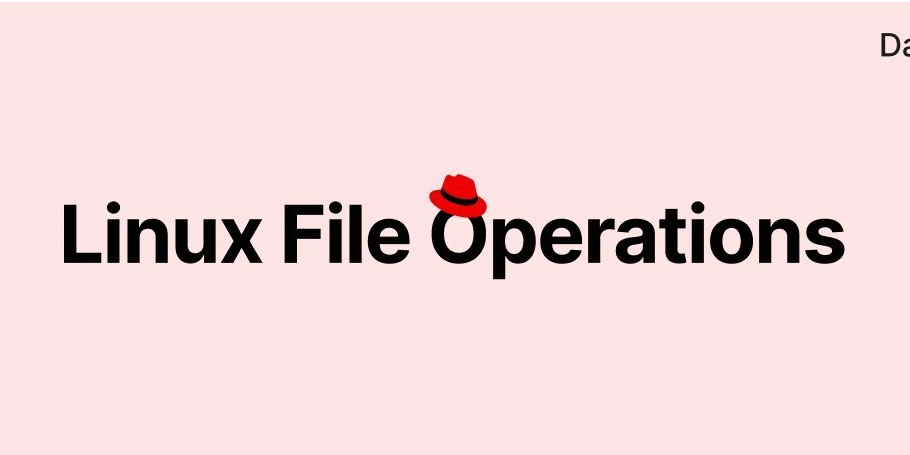
Image Credit: Dev
Mastering File Operations in Linux: The Power of cp, mv, mkdir, and More (Day 2 of 30)
- Linux file operations like cp, mv, mkdir, rm, and touch are essential tools for organizing and managing files.
- The cp command is used to copy files or directories, making it useful for small manual backups or quick duplication.
- The mv command can move and rename files and directories, making it helpful for organizing files and managing logs.
- The mkdir command is used to create directories, enabling quick setup of organized environments.
Read Full Article
17 Likes
Discover more
- Programming News
- Software News
- Web Design
- Open Source News
- Databases
- Cloud News
- Product Management News
- Operating Systems News
- Agile Methodology News
- Computer Engineering
- Startup News
- Cryptocurrency News
- Technology News
- Blockchain News
- Data Science News
- AR News
- Apple News
- Cyber Security News
- Leadership News
- Gaming News
- Automobiles News
Amazon
302
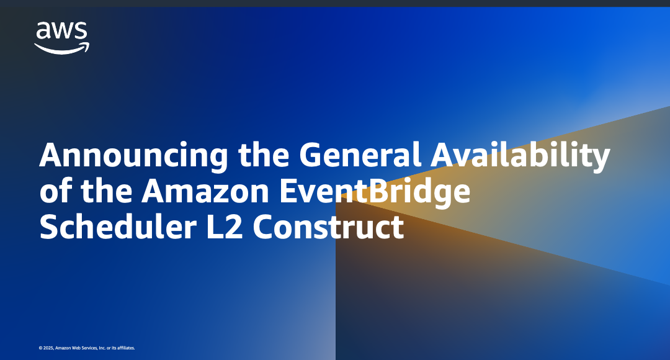
Image Credit: Amazon
Announcing the General Availability of the Amazon EventBridge Scheduler L2 Construct
- Amazon has announced the general availability of the Amazon EventBridge Scheduler and Targets Level 2 (L2) constructs in AWS CDK.
- EventBridge Scheduler is a serverless scheduler for scheduling tasks and events at scale.
- The L2 constructs simplify configuring EventBridge schedules, groups, and targets for AWS service integrations.
- AWS CDK offers constructs at different abstraction levels with L2 constructs providing a higher-level, intuitive API.
- The EventBridge Scheduler allows users to create schedules using cron expressions and supports templated and universal targets.
- L2 constructs make it easier to configure and integrate EventBridge Scheduler and Targets in CDK applications.
- Examples like setting one-time reminders through Amazon SNS and triggering EC2 instances during business hours showcase the usage of L2 constructs.
- The constructs handle gluing logic, permissions, and default configurations, simplifying the deployment process.
- The ScheduleGroup construct allows organizing schedules and managing permissions efficiently.
- Contributions from the community were acknowledged for helping enhance the construct.
Read Full Article
18 Likes
Dev
123

Image Credit: Dev
Solving the OLTP-OLAP Divide: PostgreSQL B-tree and Hash Indexes for Columnar Data
- TimescaleDB 2.18 introduces Early Access support for PostgreSQL's B-tree and hash indexes in the columnstore, offering significant performance gains.
- B-tree indexes are ideal for range and equality lookups in hierarchical structures, while hash indexes excel at exact-match lookups using hashing functions.
- These specialized indexes, particularly B-tree and hash indexes, play a crucial role in high-performance environments like financial analytics.
- The implementation of B-tree and hash indexes in TimescaleDB 2.18 significantly enhances record retrievals and insert operations.
- Performance gains include 1,185x faster point lookups with hash indexes and 224.3x faster inserts with B-tree indexes.
- B-tree indexes are recommended for range-based filtering and constraint enforcement, while hash indexes are ideal for equality checks.
- In a benchmark scenario with a 100 million-row dataset, PostgreSQL's indexing capabilities in TimescaleDB demonstrate substantial performance improvements.
- Using B-tree and hash indexes helps in scenarios where fast lookups on non-SEGMENTBY keys, query latency on compressed data, and frequent updates to historical data are required.
- The integration of B-tree and hash indexes in TimescaleDB's hypercore engine combines the benefits of rowstore for transactional data ingestion and columnstore for analytics.
- TimescaleDB's support for B-tree and hash indexes in hybrid storage systems enhances point lookups, unique constraint enforcement, inserts, and upsert operations while maintaining compression and analytics performance.
Read Full Article
7 Likes
Amazon
339
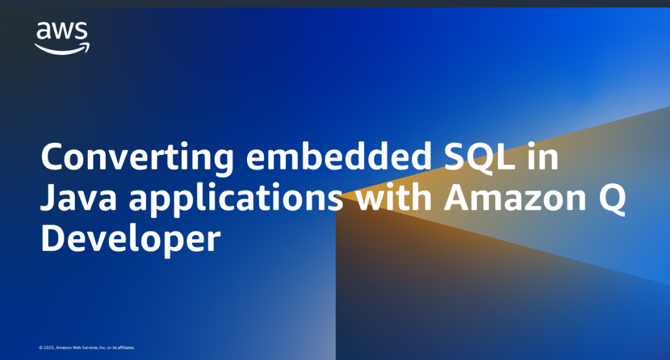
Image Credit: Amazon
Converting embedded SQL in Java applications with Amazon Q Developer
- Migrating from Oracle to open source databases like PostgreSQL often involves converting embedded SQL in Java apps, a time-consuming and error-prone task.
- AWS offers a solution using Amazon Q Developer and AWS DMS, automating SQL conversion in Java apps for database migration.
- Amazon Q Developer, powered by AI, identifies and converts SQL statements from Oracle to PostgreSQL dialects, reducing manual effort.
- This automation speeds up the process significantly, minimizes errors, and allows developers to focus on higher-value tasks.
- When combined with AWS DMS for schema conversion and data replication, this automated solution streamlines the entire migration workflow.
- The solution ensures consistency across the codebase, simplifies technical aspects of migration, and aligns with organizational efficiency goals.
- The conversion process is exemplified by transforming Oracle-specific SQL queries from Java classes to PostgreSQL-compatible queries.
- The end-to-end testing after conversion involves updating database connection settings, executing test suites, and monitoring for errors.
- The approach of automated SQL conversion with Amazon Q Developer offers reduced migration time, improved accuracy, cost savings, and seamless integration.
- Authors like Suruchi Saxena, Jason Varghese, and Venugopalan Vasudevan contribute expertise in Generative AI, DevOps, cloud migrations, and solutions architecture.
- The collaboration of AI-driven tools like Amazon Q Developer with AWS services enhances database migration efficiency and accuracy.
Read Full Article
20 Likes
The New Stack
325

Image Credit: The New Stack
KubeCon Europe: How Kubernetes Handles 6G, LLMs and Deep Space
- Kubernetes is facing new challenges such as supporting cutting-edge use cases like Telco deployments for 5G and 6G infrastructure, and reducing latency in analyzing large language models (LLMs) within Kubernetes environments.
- Load balancing on Kubernetes is crucial for handling potential latency issues with data transfer, especially in the context of LLMs.
- A keynote discussion at KubeCon Europe highlighted LLM-aware load balancing in Kubernetes to enhance efficiency.
- Kubernetes infrastructure expansion is crucial for supporting various use cases, including astrophysics research that requires handling vast amounts of calculations.
- The focus on load balancing in Kubernetes is essential for efficiently managing large language models and data transfer.
- In the telecom sector, open source cloud native tools are playing a critical role in 5G networks and will continue to do so in the future.
- Swisscom is leveraging Kubernetes, Flux for GitOps, and CNCF proxies to streamline deployment processes.
- Kubernetes is being used in the Square Kilometre Array (SKA) project to manage extreme data- and compute-intensive astronomy use cases.
- The SKA project involves analyzing up to 600PB of data annually for research in areas like cosmic domain and solar physics.
- Cloud native infrastructure, including Kubernetes, is essential for processing and distributing data in astronomy research projects.
Read Full Article
19 Likes
Javacodegeeks
82

Image Credit: Javacodegeeks
Chaos Engineering for Java: Testing Spring Boot Resilience with Gremlin & Litmus
- Chaos Engineering helps to identify weak points before users do, validate redundancy mechanisms, and improve observability.
- Gremlin provides a SaaS platform to inject failures via API or UI, allowing for controlled chaos experiments.
- Litmus is an open-source chaos framework that integrates with Kubernetes, enabling fine-grained control over chaos experiments.
- Implementing defensive coding practices, such as retries, circuit breakers, and chaos-aware health checks, can improve the resilience of Spring Boot applications.
Read Full Article
4 Likes
Dev
142

Image Credit: Dev
Canary Release: A Smart Approach to Software Deployment
- Canary Releases involve exposing a small portion of users to a new version to detect issues before a full rollout.
- Pros of Canary Releases include reduced risk, real-world feedback, faster rollbacks, and gradual performance monitoring.
- Cons of Canary Releases include complexity in traffic routing, monitoring overhead, and state and data consistency issues.
- Implementing a Canary Release can be done using Spring Boot and Spring Cloud Gateway, as demonstrated in the provided example.
Read Full Article
8 Likes
Amazon
352
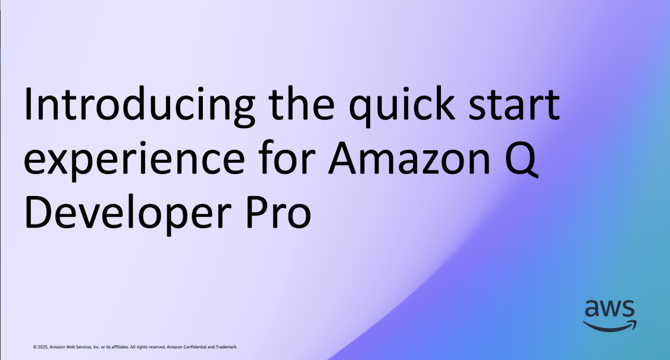
Image Credit: Amazon
Introducing the quick start experience for Amazon Q Developer Pro
- Amazon Q Developer Pro Tier is recommended for software developers, development teams, and IT Professionals, offering higher limits and enterprise administration.
- The Pro tier comes with an analytics dashboard, code customizations, and IP indemnity, requiring AWS IAM Identity Center for most production deployments.
- A simplified setup experience has been introduced for teams wanting to try Amazon Q Developer Pro in their IDE quickly.
- It caters to scenarios where users don't plan to adopt IAM Identity Center across the organization or want to deploy Pro to isolated users.
- IAM Identity Center is essential for Q Developer Pro setup, allowing users to access AWS accounts using existing organizational credentials.
- The setup experience involves creating the first user, subscribing to Q Developer Pro, and creating an account instance of IAM Identity Center.
- Subscribing additional team members follows, with each user receiving instructions to activate their Q Developer Pro Subscription.
- IAM Identity Center users can connect via supported identity providers like Microsoft Active Directory or Google Workspace.
- Cleanup involves unsubscribing users from Q Developer Pro and deleting the IAM Identity Center instance.
- The new setup experience allows for quick access to Pro features in the IDE, including chat, debugging, and code transformation.
Read Full Article
20 Likes
Dev
367

Image Credit: Dev
Manage your custom Billing Views as code
- AWS introduced custom billing views to help manage AWS bill visibility and access.
- Earlier, the billing view in AWS was limited to single account view and organizational view.
- Custom billing views allow users to create and share separate views for different teams and environments.
- AWS CLI can be utilized to automate the creation and sharing of custom billing views in AWS organization.
Read Full Article
22 Likes
Medium
183
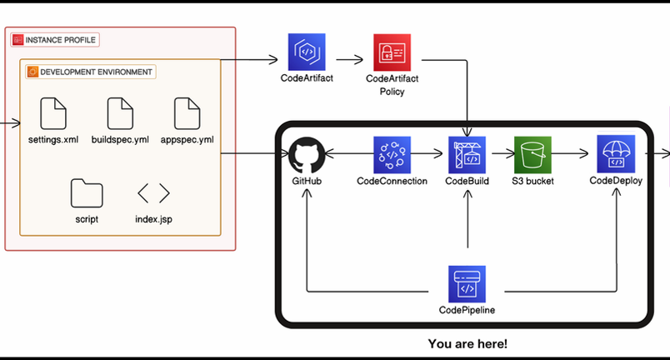
Image Credit: Medium
Building a CI/CD Pipeline with AWS: My Journey into DevOps Automation
- CI/CD pipeline on AWS using CodePipeline, CodeBuild, and CodeDeploy
- Key steps include launching an EC2 instance, connecting to GitHub, managing Java dependencies
- AWS CodePipeline stages: Source, Build, Deploy; Challenges and solutions encountered
- Lessons learned: IAM permission setup, configuring authentication and repositories, webhook events, build logs, deployment specifications
Read Full Article
11 Likes
Dbi-Services
220

Image Credit: Dbi-Services
My journey to KubeCon 2025 – Day 1
- Today marks the author's first day at KubeCon 2025 in London, where excitement and buzz around topics like HAProxy, NGINX, and Kubernetes are already evident.
- The event, expecting between 12 and 15 thousand attendees, is described as a unique and grand gathering in the IT space.
- Keynote speakers highlighted the integration of AI and LLM in applications to enhance user experience and manage system complexities more effectively.
- Initiatives like Microsoft's Headlamp aim to simplify Kubernetes adoption and usage with features like in-cluster web portals and Kubernetes Desktop.
- The Linux Kernel is evolving with the integration of Rust and C languages to enhance safety, code maintainability, and security.
- A notable use-case presented involved AI-driven sign language interpretation and recognition, showcasing the role of technology in improving lives.
- The event also featured various booths representing open source projects, with attendees enjoying swag offerings from companies like RedHat.
- Updates on the Certified Kubernetes Administrator (CKA) exam were shared, noting a new version's release with increased difficulty.
- Resources like killer.sh and KodeKloud were recommended for exam preparation.
- The author also engaged in insightful discussions at booths, including exploring bootable containers with RedHat and discussing potential project collaborations.
- The day concluded with a promise to continue the journey at KubeCon in the next blog post, teasing future developments and experiences.
Read Full Article
13 Likes
Medium
105
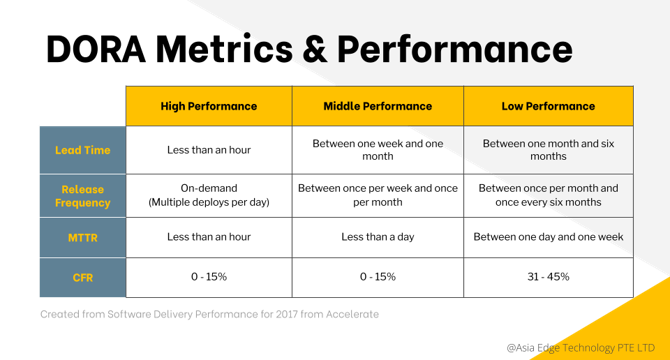
Image Credit: Medium
This is How DevOps Changed the Game of Software Development.
- Agile introduced regularity in software development, which distinguishes it from the Waterfall model.
- DevOps emerged as a groundbreaking concept, integrating development and operation teams for faster delivery and higher quality.
- DevOps has brought a critical principle that has changed the game of software development.
- DORA (DevOps Research and Assessment) revealed key metrics in software development that truly impact business outcomes.
Read Full Article
6 Likes
For uninterrupted reading, download the app